Achieving third-party compliance as part of your Third-Party Risk Management (TPRM) program is never an easy feat. Many companies have standards that they hold their third-party partners to, however it can often be a challenge to get those third-parties to make the compliance changes required in order to do business. In this article, we outline 6 ways to ease some of your remediation struggles and make it a more positive experience for third-parties and assessors alike.
1. Understand Where Your Risk Lies in the First Place
Assessments can be scary and frustrating for third-party vendors, especially when they are often assessed for controls that don’t make sense for their company. Putting the responsibility on the third-party to show why something doesn’t apply to them only increases friction and resistance to controls that indeed do apply. To avoid this friction, leverage Start’s control mapping module, where you can indicate what controls apply to which types of third-parties. This will reduce friction and give the vendors the assurance that they will only be asked things that are in scope for their services.
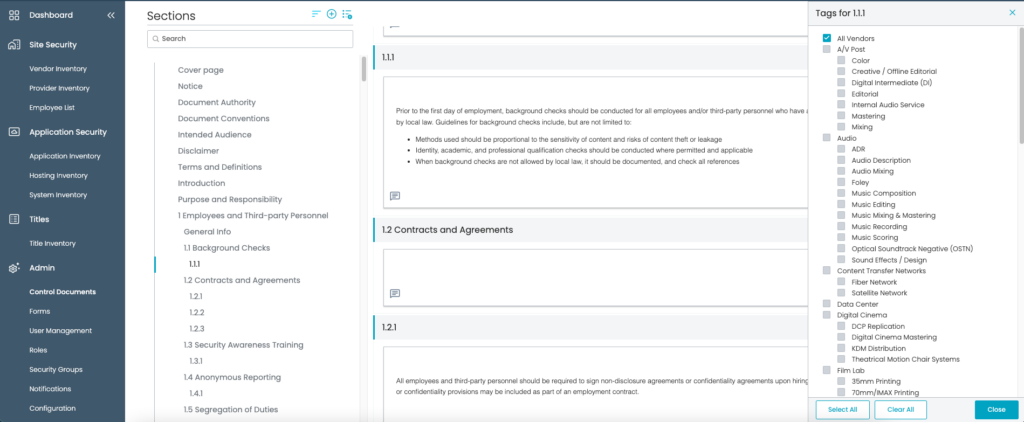
2. Use Risk Levels
Not every risk should be measured the same, nor does every company weigh risk the same. Some remediation asks have smaller risks than others and some hold more of a risk to company assets. Start enables users to customize the Risk values to ensure that every company can weigh Remediation items in a way that works for them. Users can also choose to enforce due dates based on the risk levels to ensure timely compliance by third-parties.

3. Leverage a Pre-Defined Remediation Bank
If you have a set of controls that you’re measuring compliance against, chances are you know what is expected to meet those controls. You can easily create pre-defined Remediation items in Start’s Remediation Bank feature! Many Bank items can be created per control and then Assessors can add those to the Assessment Report and modify them if needed. This helps cut down on report writing and allows Assessors to then tailor the Remediations to the specific needs of your vendors.
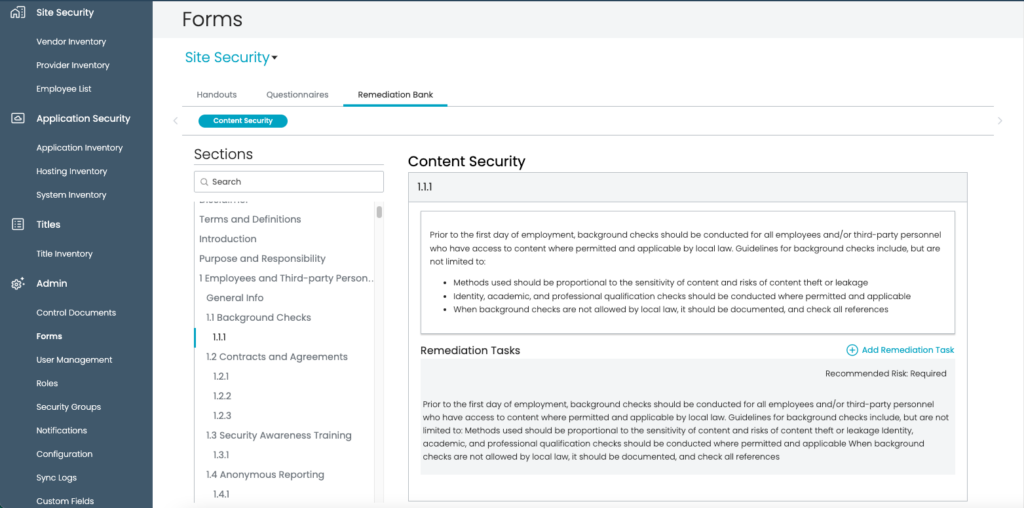
4. Designate a Representative to Facilitate Remediations
In many cases, there may be different teams responsible for monitoring Remediation efforts across third-parties. Start allows Admins to setup Remediators, which are different users from the Assessors who may perform the assessments. These users can be assigned to records and receive Remediation updates for third-parties. This helps give the third-parties a dedicated individual to interact with during Remediation.
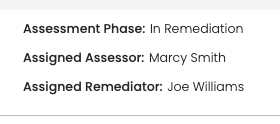
5. Create a Remediation Plan
Assessment Reports are often full of a lot of information, but what third-parties ultimately want to know is, “what do I have to fix?” This is why creating Remediation plans helps to streamline the Remediation process and gives the third-parties an action plan of things they need to address. Start extracts Remediations from Assessment Reports and creates an actionable plan for third-parties to track their Remediation efforts through. This helps Remediation efforts to move along smoothly and in an organized fashion.
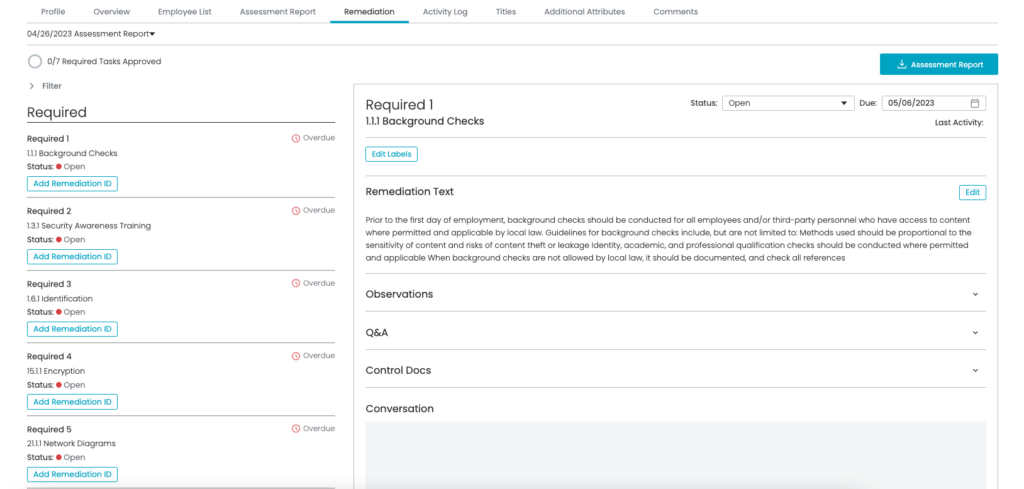
6. Be Willing to Assist Your Vendors with Specific Needs or Use Cases
It’s important to remember that no two third-parties are the same. While your company may have specific controls third-parties have to meet, third-parties also have internal company policies and guidelines. It’s important to work with your third-parties to help them achieve your compliance standards. Placing unreasonable expectations on third-parties can lead to broken trust, relationship severing, and ultimately a disruption to business processes. Ensuring that both companies are collaborating, and that third-parties feel like the security teams are there to support them, can lead to timelier compliance and increased trust between groups.
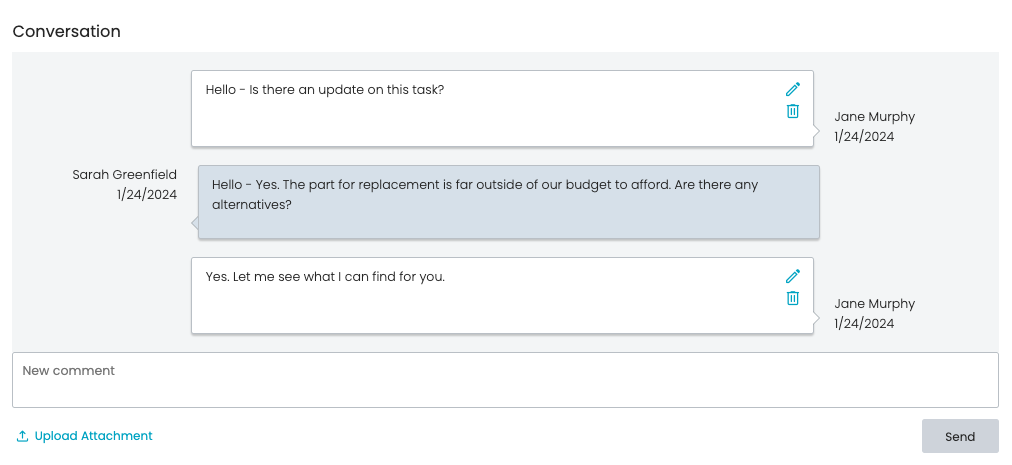
What Next?
Managing Remediations doesn’t have to be complicated with platforms like Start. Take advantage of streamlined communication and automation features to help organize the chaos with remediations and help your third-parties achieve compliance with your company’s standards. Take control of your Remediation efforts; contact us for a demo of Start today.



